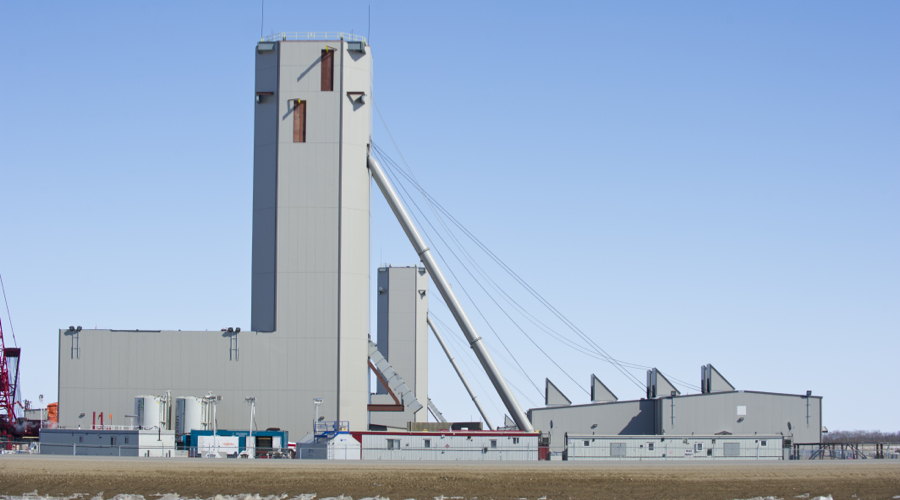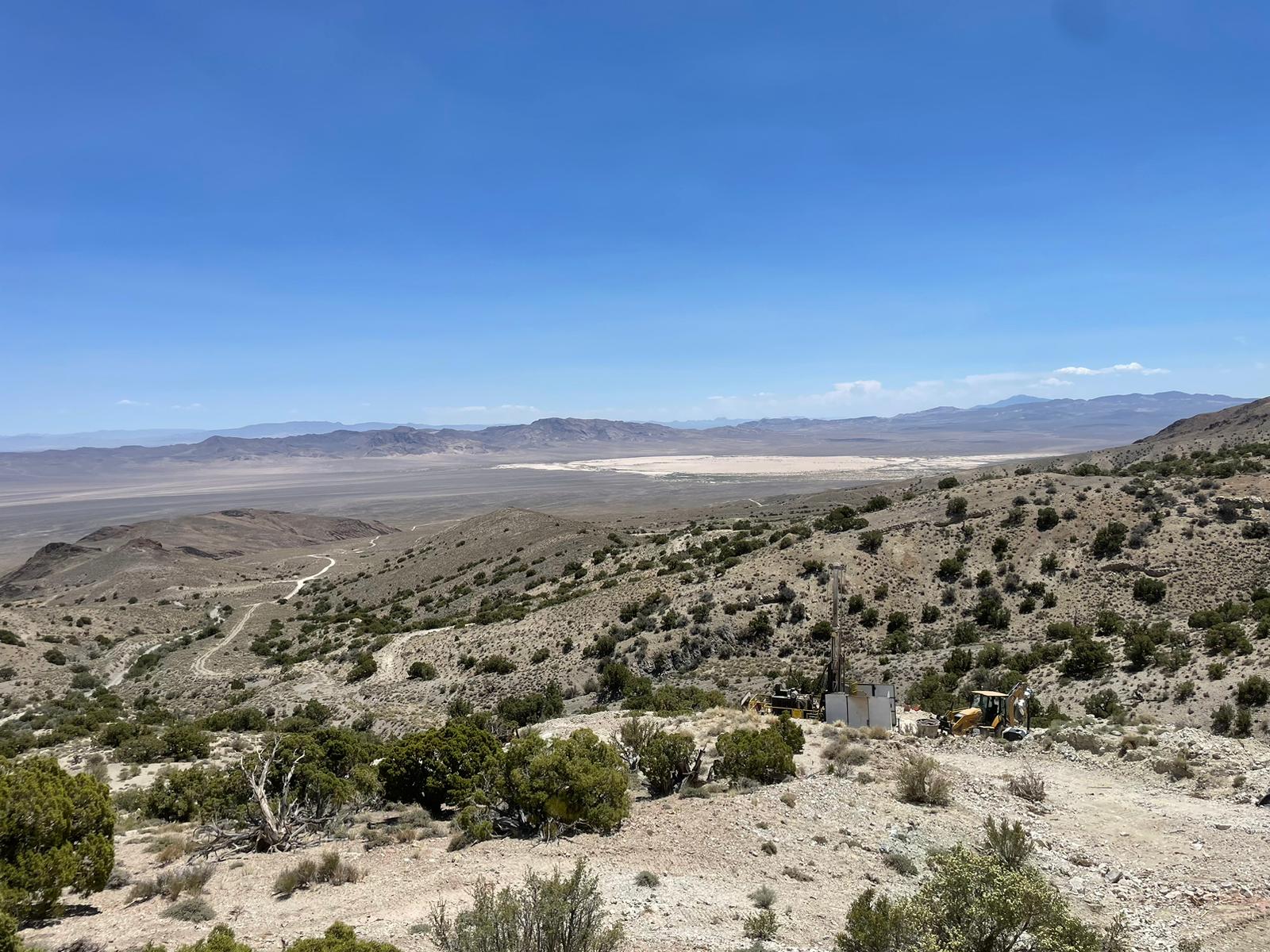BHP’s $14 billion Jansen potash becomes latest victim of commodities rout

After months of speculation, BHP Billiton’s (ASX:BHP) massive potash project in Canada has finally begun feeling the impact of a sustained rout in commodity prices, as the world’s biggest miner has confirmed it is reducing spending on the Saskatchewan-based asset this year.
Speaking to Bloomberg, the president of BHP’s Canadian unit Giles Hellyer said the company has cut $130 million from the planned $330 million capital expenditure to develop and study the feasibility of the Jansen project in the current financial year.
BHP will allocate less than $200 million this year, down from $330 million in 2015.
“We’re doing more with less,” Hellyer told Bloomberg. “The intent is to be a lot more effective and efficient in what we’re doing and complete the work over a slightly longer time horizon.”
The crop nutrient began its decline four years ago as weak crop prices and currency declines pinched demand. Prices also suffered from increased competition following the breakup in 2013 of a Russian-Belarusian marketing cartel that previously helped limit supply.
In recent months, potash collapse has picked up speed, with some prices falling by a quarter since last spring. That has put a lot of more pressure on producers, whose profits have been hit by falling prices, largely due to weak currencies in countries such as Brazil and low grain prices.

BHP is in the midst of a $3.8-billion investment to move its Jansen project in Saskatchewan into production. From that total, $2.6 billion have been set aside for surface construction and the sinking of shafts, though analysts predict the total cost will be close to $14 billion.
Jansen would be a game-changer in the industry, as it is expected to generate 8 million tonnes of potash a year, which would amount to nearly 15% of the world’s total.
To put that figure in perspective, the Mosaic Company’s (NYSE:MOS) Esterhazy mine is forecast to generate around 6.3 million tonnes per year after the completion of an ongoing expansion. In comparison, most of the province’s potash operations, which are among the world’s largest, have an output of 3 to 4 million tonnes per year.
BHP has not committed to a completion date, nor received board approval.
{{ commodity.name }}
{{ post.title }}
{{ post.date }}

Comments
Mark
Victim? With the collapsing labour price environment in western Canada, they will likely accomplish the same, if not more work, with the reduced amount of $$$. This is just prudent cost savings, not creating a ‘victim’. However, BHP is the author of its own misfortune with over-investment in commodities production.